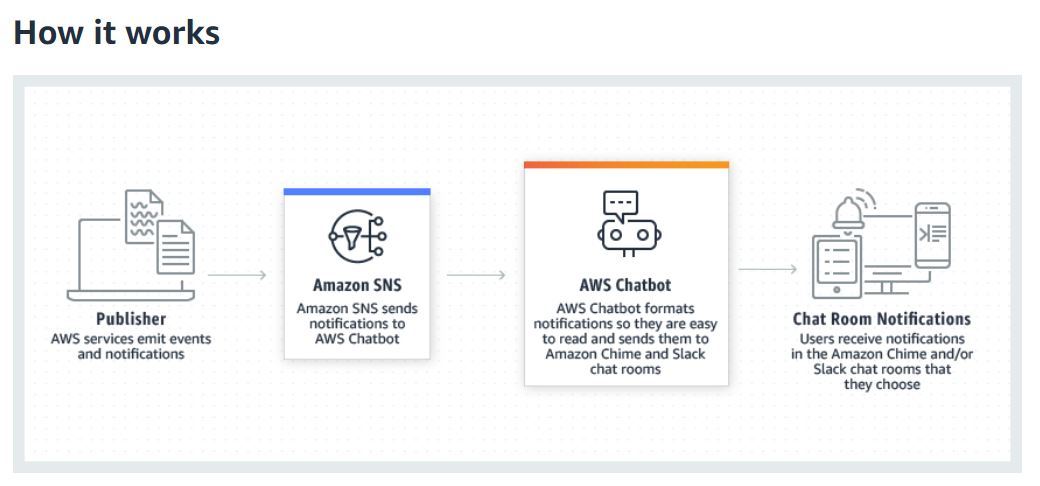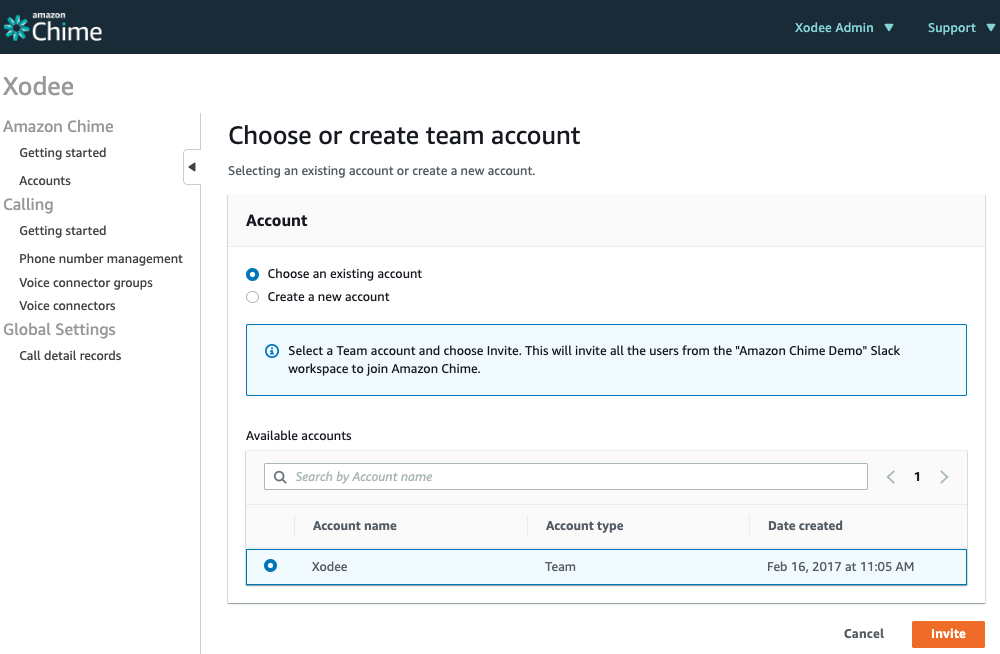

Add to that the surge in demand for video communication led by the pandemic and the need for remote meetings, and Slack's native meetings feature fell wide off the mark. In a market where Slack is competing fiercely with Microsoft Teams, it needed a better option for customers looking for an all-in-one solution to team collaboration and communication.

However, these capabilities are extremely limited and are typically only useful to the smallest of customers. The company has offered basic voice and video features in its application for several years, based on technology from its acquisition of Screenhero in 2015. The Chime SDK was launched in December 2019 and enables customers to effectively “white label” voice and video meetings technology, embedding it natively into their applications.įor Slack, this is an ideal solution to an increasingly difficult problem. The news signals yet another chapter in the hugely competitive market for online meetings and is a big shot in the arm for Chime, which despite having launched over three years ago, has yet to gain significant profile against the big players.Ībove all, it's a timely reminder that AWS is stepping up to its efforts in workplace applications during the COVID-19 crisis, an area of its portfolio that previously had taken a back seat to its infrastructure business.

It also sees AWS agreeing to use Slack for its internal teams and promises deeper integrations between their portfolios. The announcement is part of a broader multiyear strategic agreement between the two companies.
#AMAZON CHIME SLACK FOR FREE#
This will make the Chime functionality available for free for all Slack customers who want to use it - both free and paid.
#AMAZON CHIME SLACK SOFTWARE#
Slack intends to enable video calling on mobile devices and add transcriptions of calls that can automatically be dropped into Slack text conversations for people to read, Armstrong said.Slack announced on Thursday that it had signed a deal with Amazon Web Services (AWS) to embed the Amazon Chime voice and video meetings capability into its channel-based messaging application, using the Amazon Chime software development kit (SDK). Moving to Chime infrastructure could make Slack video calls more reliable, as well as offering additional features, said Brad Armstrong, vice president of business development and corporate development at Slack. As part of the new deal, Slack will use Chime infrastructure to deliver voice and video calling within its application, rather than relying on its own system, which is built on technology gained in the 2015 acquisition of start-up Screenhero. They don't have to use a single monolithic stack."īut while the Chime user experience may be lacking, Slack is embracing the underlying infrastructure Amazon built to power it. Garman noted, "Increasingly I see customers wanting to use best-of-breed products that work together. Amazon is the second-largest private-sector employer in the U.S., with over 840,000 full-time and part-time employees in the first quarter.Īmazon employees have been able to use an in-house video-calling tool called Chime, which the company also offers to its customers.īut Matt Garman, AWS' vice president for sales and marketing, admitted in an interview that Amazon has not invested in Chime's user interface to the extent that Slack has. Some teams within Amazon had already used Slack, but this deal will bring it to all employees. 2025, up from a previous commitment of at least $250 million ending in July 2023. The new deal was negotiated separately from Slack's cloud contract, the companies said, declining to disclose exact terms. A filing on Thursday disclosed that Slack will now pay AWS at least $425 million over a five-year period that ends Apr. Slack has run its service on Amazon Web Services infrastructure since launching in 2014, and it has continued to lean on AWS to accommodate additional demand during the pandemic. The company's shares dropped more than 15% after hours.Īmazon and Slack have a long history. Slack's growth has remained steady during the coronavirus pandemic, but has not accelerated, despite many companies moving to keep employees home, the company revealed in its fiscal first quarter earnings report earlier on Thursday.


 0 kommentar(er)
0 kommentar(er)
